Participate
Upcoming Events:
Exploring Surface Temperature with AREN TerraROVER – May Workshop
Join the AEROKATS and ROVER Education Network May 9-11, 2023 for three online sessions to learn how your students can explore how surface materials impact local temperatures and produce phenomena such as the Urban Heat Island Effect. Use GLOBE measurement protocols, discover lessons from My NASA Data for exploring the Urban Heat Island Effect, and learn how to operate and use a NASA AREN TerraROVER to collect and analyze your own surface temperature data.
Remote Sensing with Aerokats – July Workshop
Using Aerial Observations to Understand Your Local Environment with NASA’s AREN Project
Join NASA’s AEROKATS and ROVER Education Network (AREN) from July 25 – 27, 2022 (12:30 – 5:00 p.m., ET) for a virtual experiential learning workshop.
NASA uses remote sensing satellites to help scientists understand our environment. In this workshop you will learn how you can collect your own remotely-sensed imagery and atmospheric data to study our changing Earth. Additional information and an application will be posted here soon. Check back soon!
The AREN project is for every level of education and scientific exploration ranging from Kindergarten through University level classrooms to citizen science and lifelong learners. Detailed below are the steps for partnering with the AREN program to utilize kites and NASA technology to capture remote sensing data. We have additional activities for younger learners available by clicking the Engagement Activities link below
Getting Started
Step 1 License
Because Aeropods are NASA patented technology they require a license to reproduce and use. The license is free and available from the link below.
If you enroll in an AREN learning cohort, the license is included and no application is necessary.
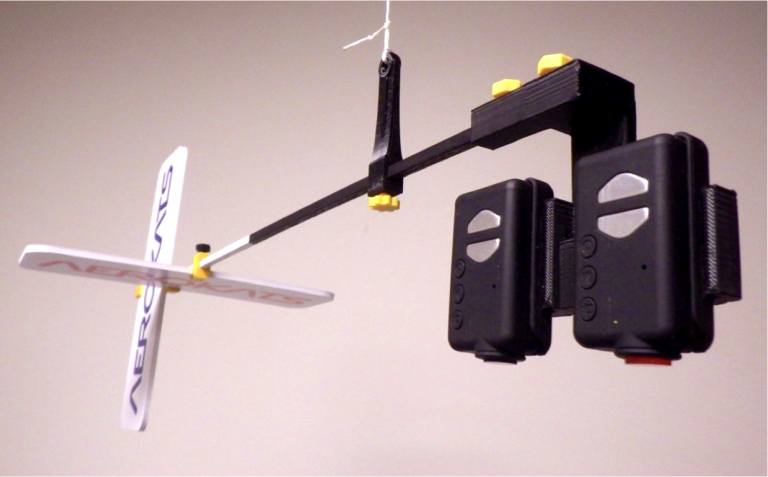
Step 3 Kites
While there are many kites styles available, we have found that larger Delta, Delta-Conyne, and Parafoil style kites tend to ideal fro lifting payloads like Aeropods in light winds. The AREN project sources most of their kites from Into the Wind (see link below).
At this time, Aeropods must be provided by AREN project and can be requested at the contact information at the bottom of the page.
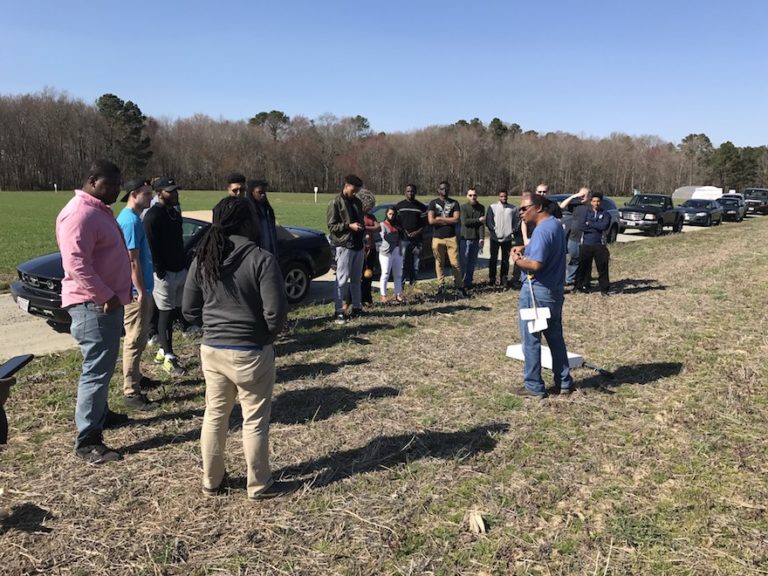
Step 5 Fly!
Review the safety information outlined on the Operations page and the preflight checklist. Be sure to log the flight data in the field book provided in the information packet. Have fun!
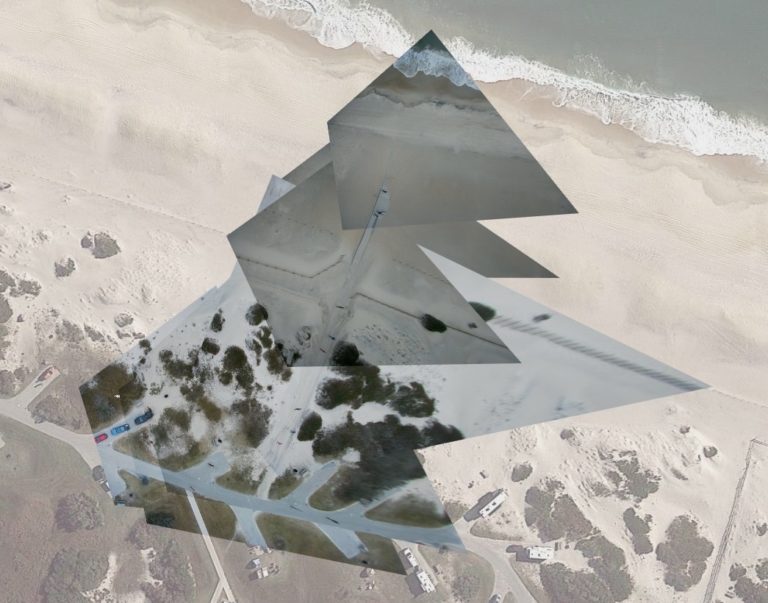
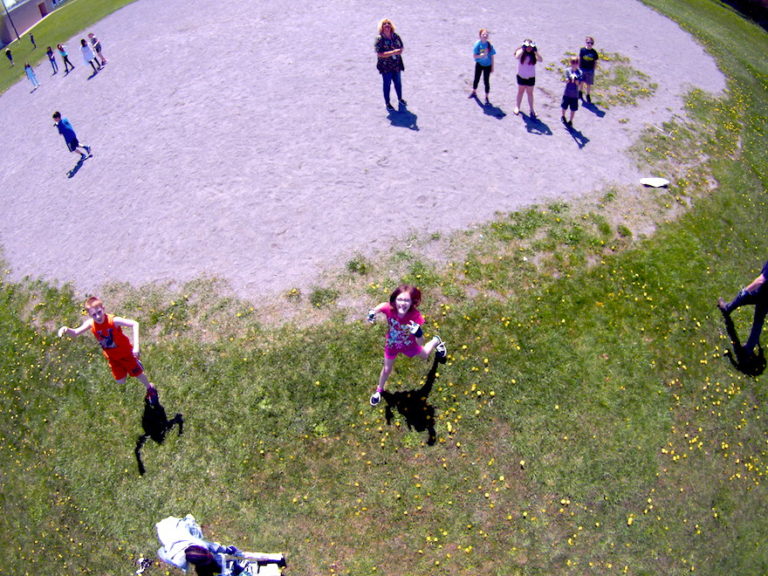
Step 2 Instruments and Aeropods
Reference the Technology page to for examples of a range of Aeropods to best suit your needs. Additional Aeropods designs and instrumentation are always being developed.
Contact the team at info.aerokats@gmail.com for additional information.
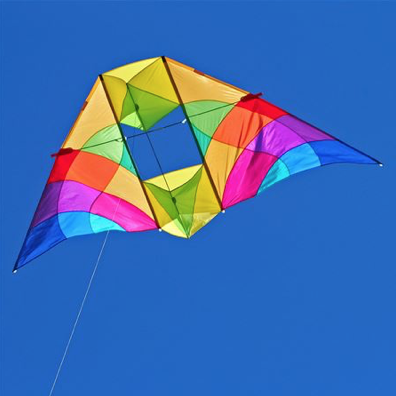
Step 4 Prepare for your Mission
As a NASA funded project, safety is our highest priority. Before flying, we ask each participant to thoroughly review the safety information on the Operations page. This page has information on how to safely and successfully plan for and execute an AEROKATS mission, including how to conduct pre and post-mission briefings, conduct a hazard inventory, correctly assemble and launch kites and Aeropods and more. Please do not attempt to use Aeropods without reviewing the information on this page and following correct procedures! Safety First!!!
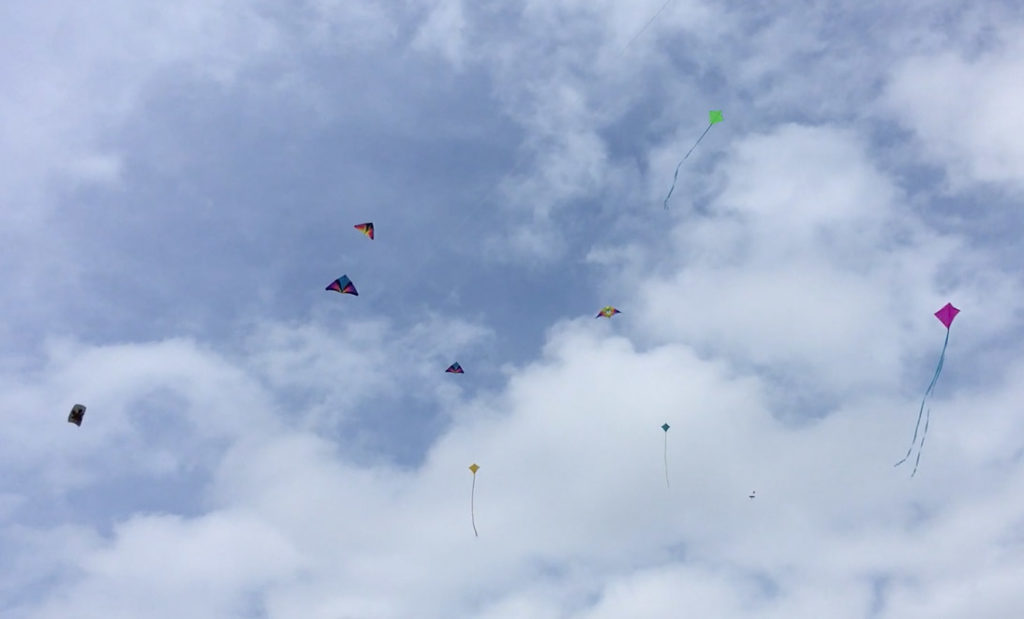
Step 6 Data
Within the Aeropod packets are instructions on how to download data. Once the data has been downloaded, the data files and field data should be submitted to the Field Data link on the Map page. For further analysis, look to the Technology page for resources on software and tools to help convert collected data into meaningful scientific product.
FAQ
Most frequent questions and answers
No! If you’re not interest or too young for flying kites, there are many other ways to engage in the AREN project. Look to the links at the top of the page for age appropriate activitities.
AREN also include additional opportunities, including TerraROVER with the Urban Heat Island Instrumentation Package, and AquaROVER with a Vernier based Water Quality Instrumentation Package. Watch this page for opportunities to participate in these programs!
Once you’ve filled out the license form in Step 1, we highly encourage individuals to make changes to better adapt the technologies to their own needs. Please share your innovations at the contact info below, we would love to hear about them!
We are excited to work with highly motivated participants and are willing to provide supplies to those that can demonstrate meaningful and repeated utilization of the technology.
Opportunities to join our learning cohorts occur every summer in our Remote Sensing with AEROKATS workshops. Equipment is provided to participants as part of the workshop. Watch this page for opportunities to apply!
Contact the email below to talk with an AREN team member about your interests and how we can help.
The AREN program is open to learners of all ages. We recommend working with simpler kites for very young learners, and we have kites with a range of aeropods appropriate to learners from early elementary on up to university research.
Contact us
If you' have any comments or questions, contact the email below to get in touch with an AREN team member.
info.aerokats@gmail.com